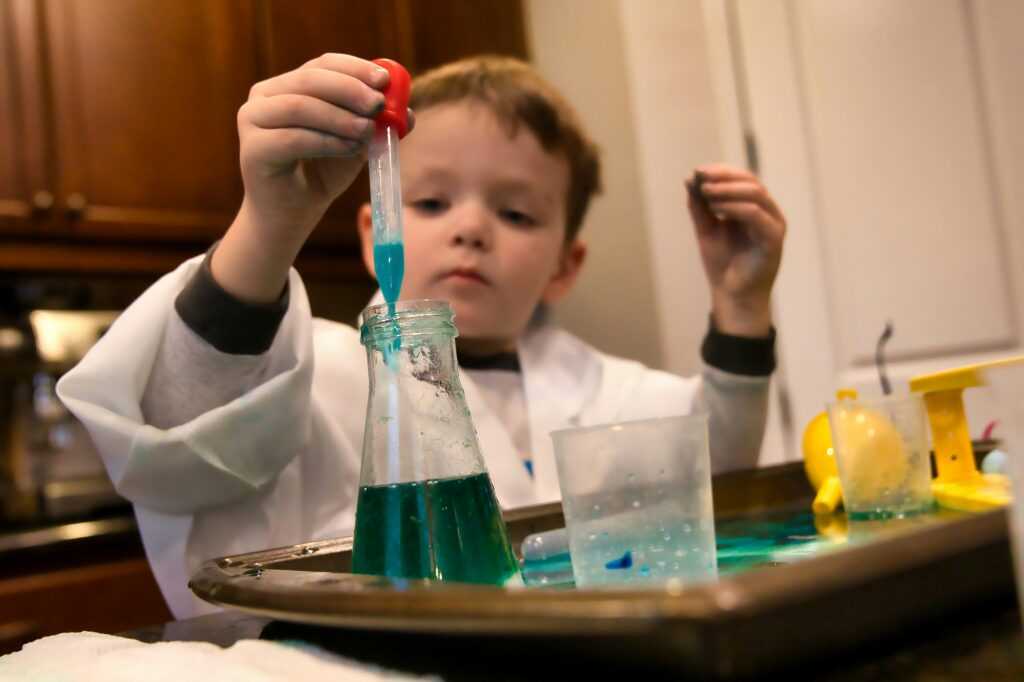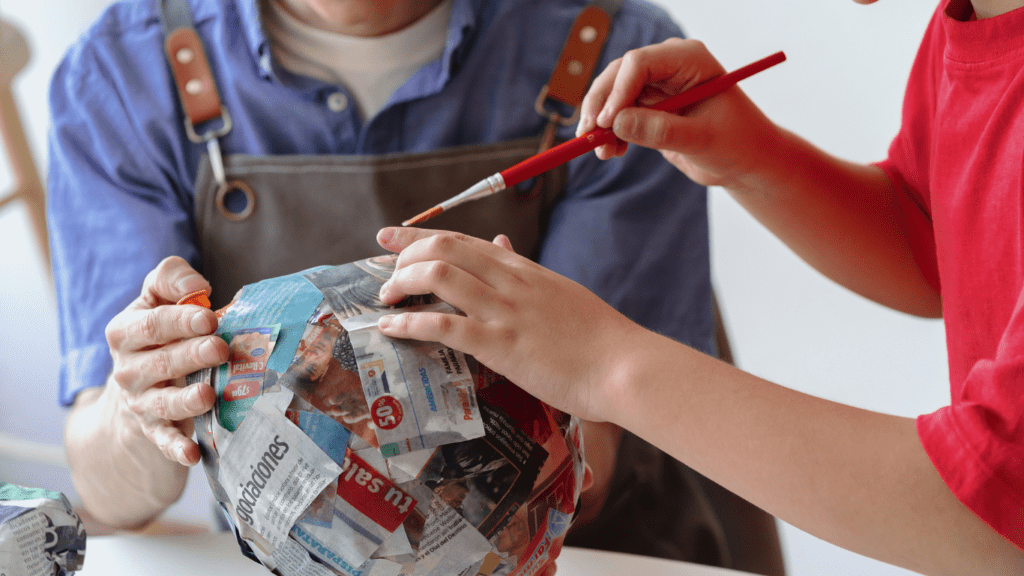Why Hands On Science Works
Kids don’t need lectures to fall in love with learning they need to get their hands dirty. Hands on experiments turn abstract ideas into things they can see, touch, and explore at their own pace. A colored fizz in a bottle or a walking rainbow isn’t just fun it triggers real questions: Why did that happen? What if I try it differently? That spark of curiosity is where science begins.
When kids do the heavy lifting pouring, mixing, observing they’re not just following instructions, they’re training their brains to think critically and notice details. These basic skills observation, trial and error, pattern spotting are the foundation of science and problem solving.
And the best part? The science concepts sneak in naturally. Without even realizing it, kids learn about reactions, states of matter, density, and more. It doesn’t feel like school. It feels like adventure. That’s the power of DIY science done right.
Make Your Own Lava Lamp
This one never misses. Grab a clear plastic bottle and fill it three quarters with vegetable oil, then top it off with water leave some space at the top. Add a few drops of food coloring. The color slips right past the oil and mixes with the water thanks to their different densities. Now the fun part: drop in half an Alka Seltzer tablet.
Right away, you’ll get a bubbling column of colored blobs floating up and sinking back down a homemade lava lamp in action. What’s going on? The tablet reacts with the water to release gas, which grabs onto the colorful water and lifts it through the oil. When the bubbles pop at the top, the water drops back down.
Good news: this one is reusable. Just wait for things to settle, toss in another Alka Seltzer bit, and get the show started again.
Safe Science Rules to Set

Science at home should be fun but it should also be safe. These rules aren’t here to spoil the fun. They’re here to make sure everyone keeps their eyebrows and their living room intact.
First rule: always work with an adult, or at least have one nearby. Kids have the curiosity, adults have the caution. It’s a solid combo. Whether it’s handling scissors, pouring vinegar, or reading labels, an extra pair of hands and eyes makes the whole thing smoother.
Stick to materials that are safe and easy to find around the house. If it looks like it belongs in a high school chem lab or came with a long warning label, skip it. There are more than enough exciting reactions and colorful results from stuff in your kitchen cabinet.
Also have that cleanup towel nearby. It’s science. It’s messy. From spilled water to rainbow splashes, things happen fast. Be ready and roll with it. A little mess is part of the magic, but you don’t want it soaking into your carpet.
Set these guardrails early and the experiments stay fun, frustration free, and safe for everybody.
Turning DIY Into Curiosity Fuel
The experiment isn’t done just because the fizz fades or the colors stop swirling. That’s the real moment to lean in. Ask kids one simple question: “What if…?” What if we tried a different liquid? What if we changed the temperature? What if we used a bigger jar? These questions unlock the habit of curiosity and that’s more valuable than any fact learned.
Take it a step further by keeping a simple science journal. Nothing fancy just a place to jot down what happened, what they noticed, and what they’d try next time. Over time, it becomes their own lab notebook, full of patterns, doodles, and what if ideas waiting to be tested.
Art, comics, or little stories can help connect the dots, too. Maybe the vinegar volcano lives on Planet Bubbleblast and needs a bridge to escape. Kids process science through play so let them illustrate results, invent characters from their tools, or even craft a mini story around the experiment’s outcome.
Need more ways to stretch the creative thread? Check out these ideas for boosting kids’ creativity with open ended crafting.
Keep It Going
Just because the experiment ends doesn’t mean the learning has to. Reinforce curiosity and build hands on learning into your family’s regular routine with these fun, low stress ideas:
Explore Together: Science From Home
Keep the momentum going by using resources already at your fingertips:
Subscribe to Monthly Science Kits
Let the excitement come to you! These kits often include all materials and easy to follow instructions, taking the prep work off your plate while inspiring kids with new experiments each month.
Follow Family Friendly STEM YouTubers
Find creators who make science fun and accessible for young minds. Watch videos together and pick experiments to try later.
Bring the Lab to the Kitchen
Turn everyday moments into teachable ones:
Use cooking time to explore chemistry think baking soda reactions, melting points, or ingredient transformations.
Assign roles: let kids measure, mix, and make predictions about what will happen next.
Start a Weekly Science Challenge
Make science a family tradition:
Pick one new experiment to try every weekend.
Keep it simple, but mix it up try outdoor science, kitchen experiments, or even weather tracking.
Let kids take turns choosing the next activity.
Still on the creativity kick? Don’t miss this guide to boost kids’ creativity with open ended crafting!





